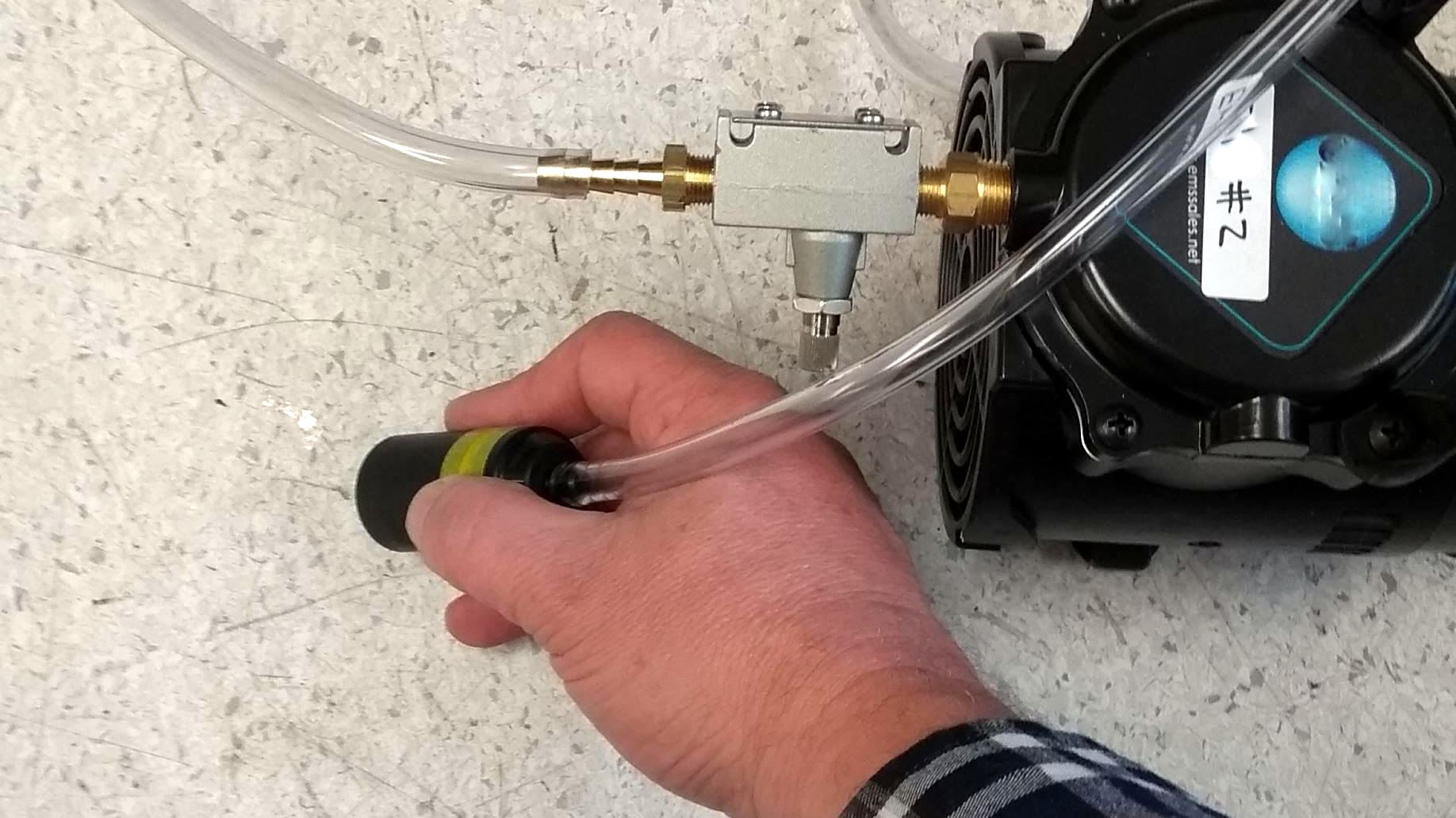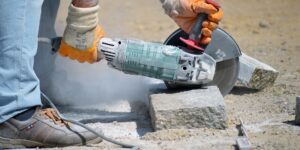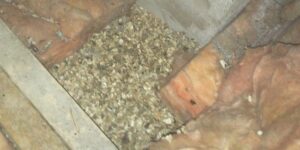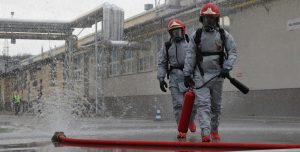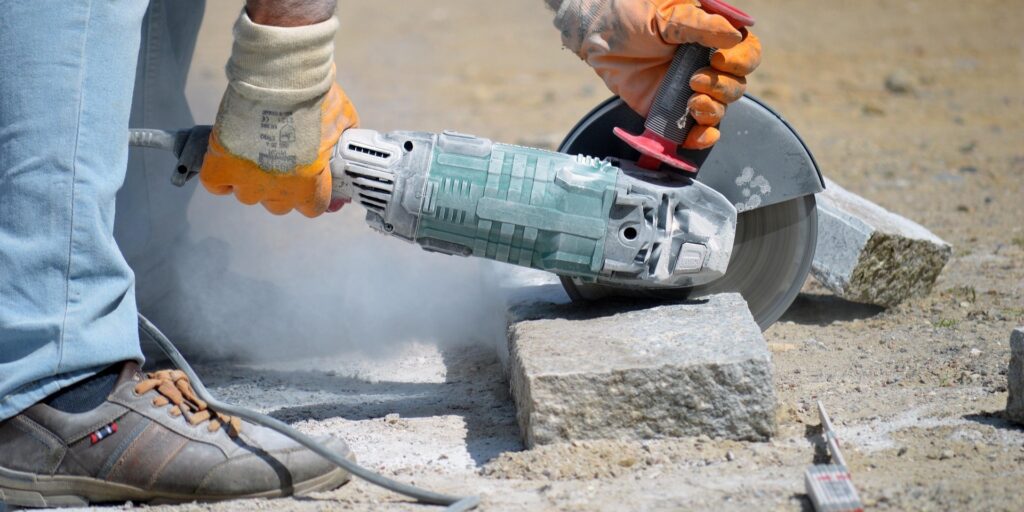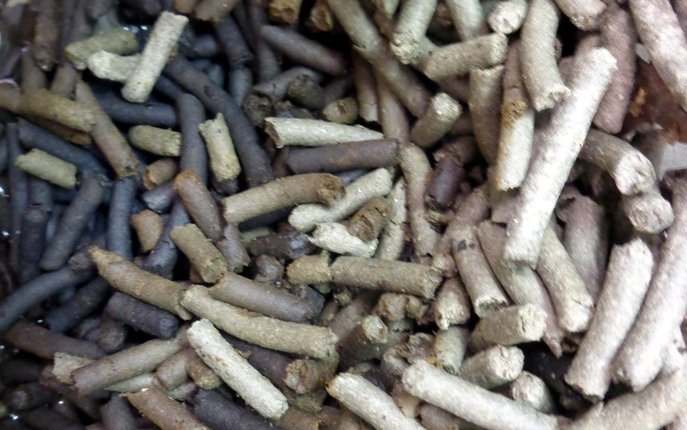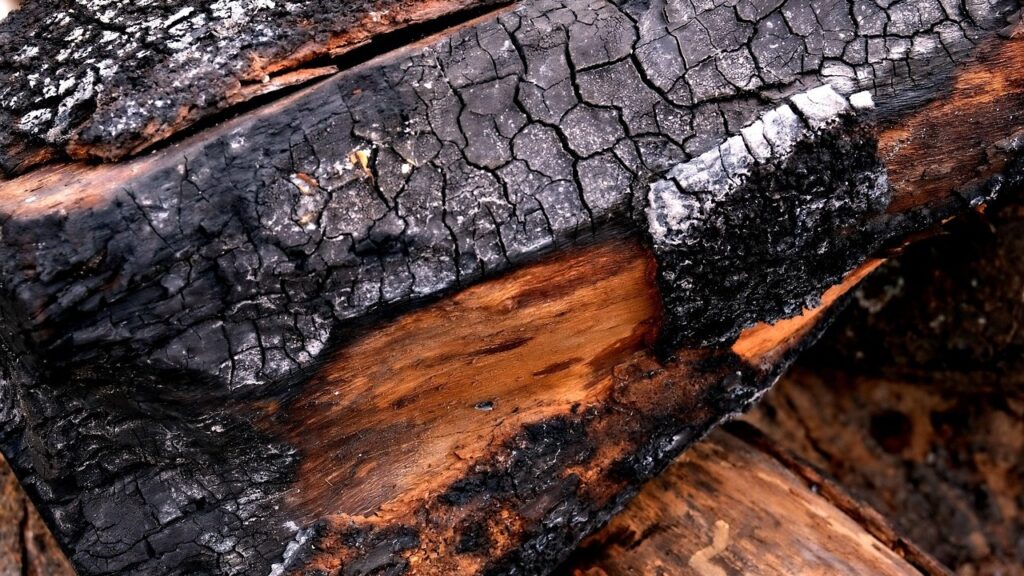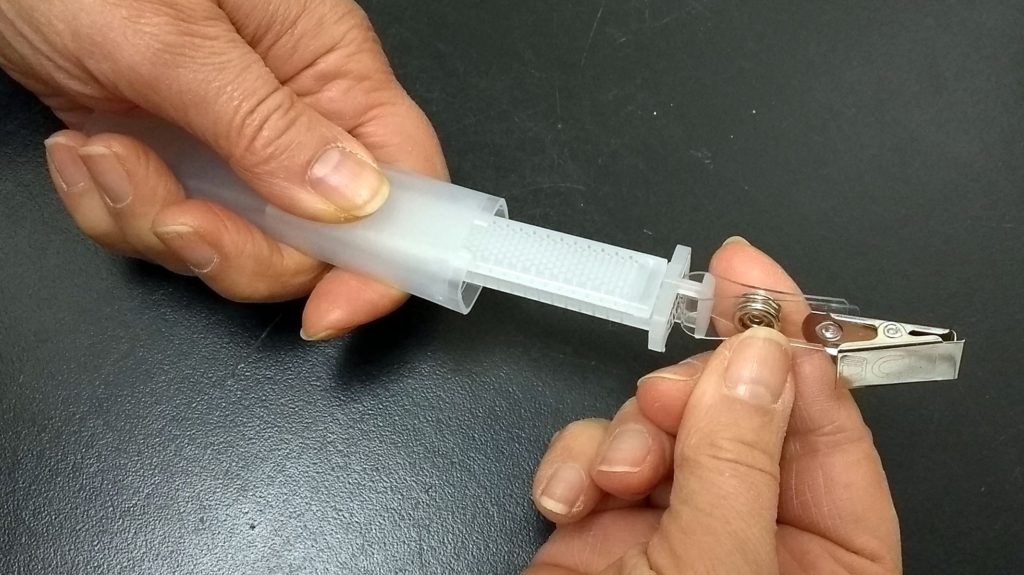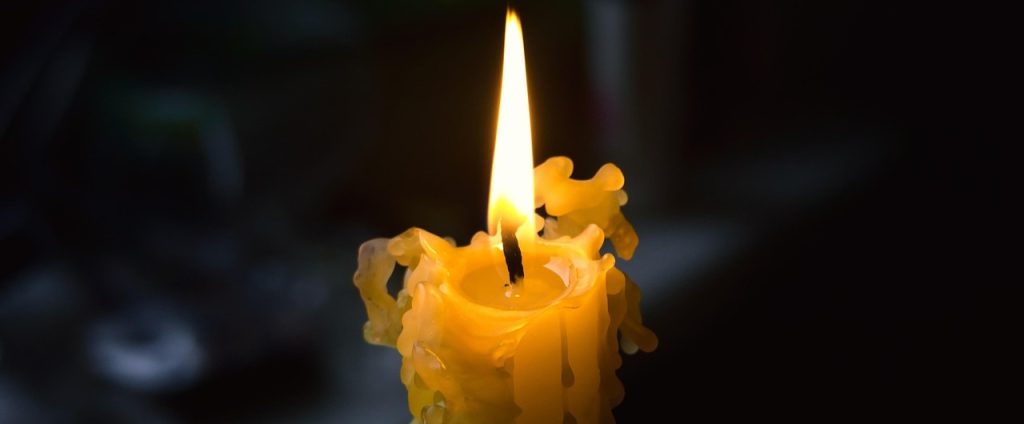LCS Laboratory Inc. provides analysis of loose dust collected from surfaces using the Micro-Vacuum technique. This method is ideal for extracting dust from porous materials such as concrete, wood, or carpet. It utilizes a vacuum to remove dust from deep within surface pores, capturing the dust in sampling cassettes for laboratory analysis.
Recommended Equipment:
- Sampling cassettes like PCM, MCE or a specialized surface sampling media
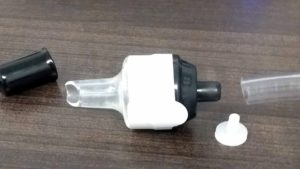
- Surface template 100 cm2 or 1 sq ft
- High-flow vacuum pump operating at approximately 15 liters per minute
Sampling Procedure:
- Select the Sampling Area:
- Choose the surface to be sampled.
- Apply the surface template to define the sampling area.
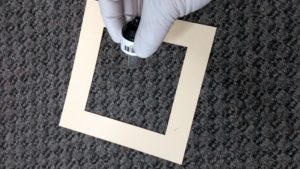
- Prepare the Sampling Cassette:
- Remove the front and back stoppers from the cassette.
- Connect to Vacuum Pump:
- Attach the sampling cassette to the vacuum pump.
- Turn on the pump.
- Collect the Dust Sample:
- Gently rub the tip of the cassette against the surface within the template area.
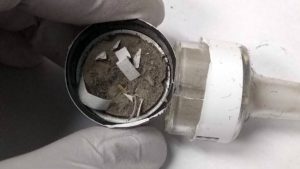
-
- For flat surfaces (e.g., wood floors, concrete), one pass is usually sufficient.
- For very porous materials (e.g., area rugs, carpets), repeat the sampling 2-3 times to ensure thorough dust extraction.
- For optimal collection, vacuum the surface in a zigzag pattern: first East-West, then North-South.
- Finalize the Sample:
- After collecting the sample, close the cassette securely.
- Label the cassette with the sample ID.
- Record the sampled surface area and its location on the request form.
- Submit for Analysis:
- Send the sealed and labeled sampling cassette to LCS Laboratory for analysis.
Additional Information:
- Using surface templates standardizes the collection area, allowing dust quantification in units of weight per surface area (e.g., μg/100 cm²).
- For more sampling techniques, visit our “Surface Sampling” page.
- To place an order or discuss your project, please email us with details of the tests you require.
Thank you for choosing LCS Laboratory.

